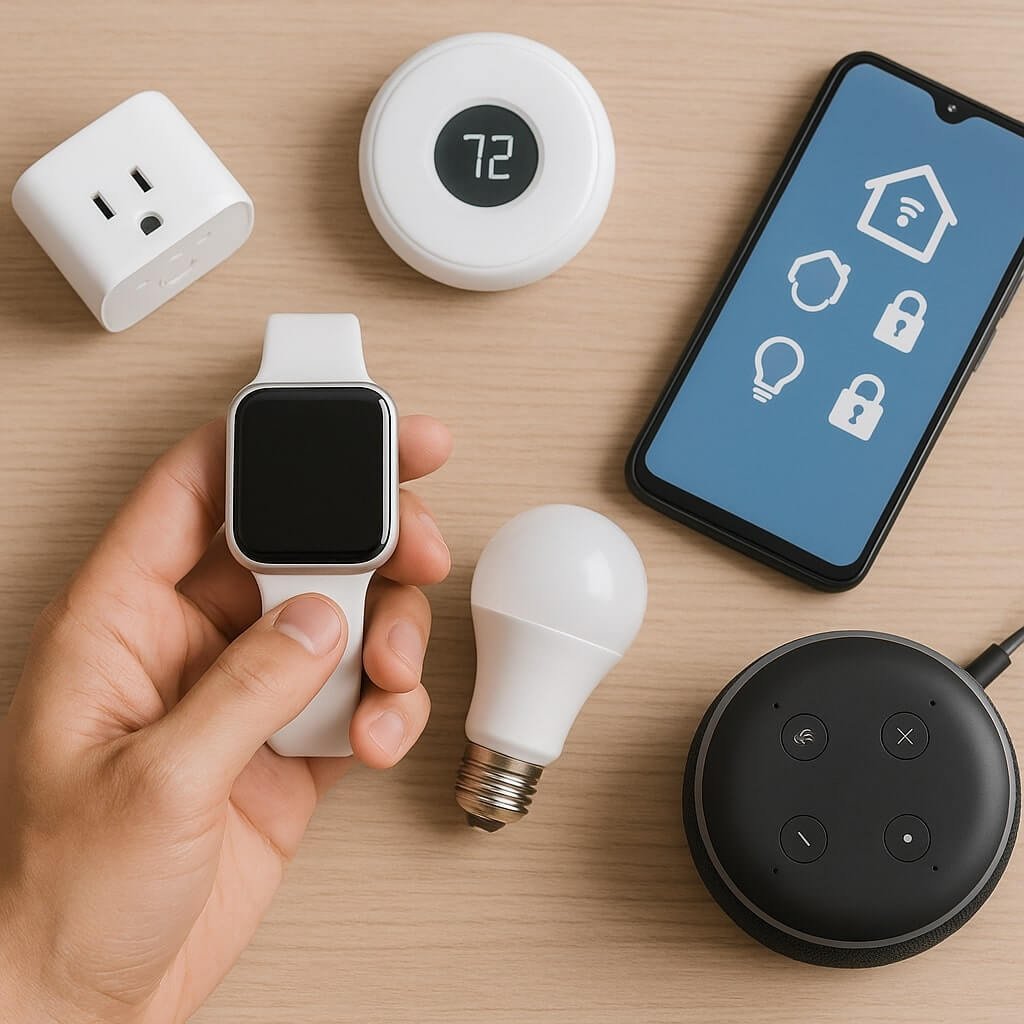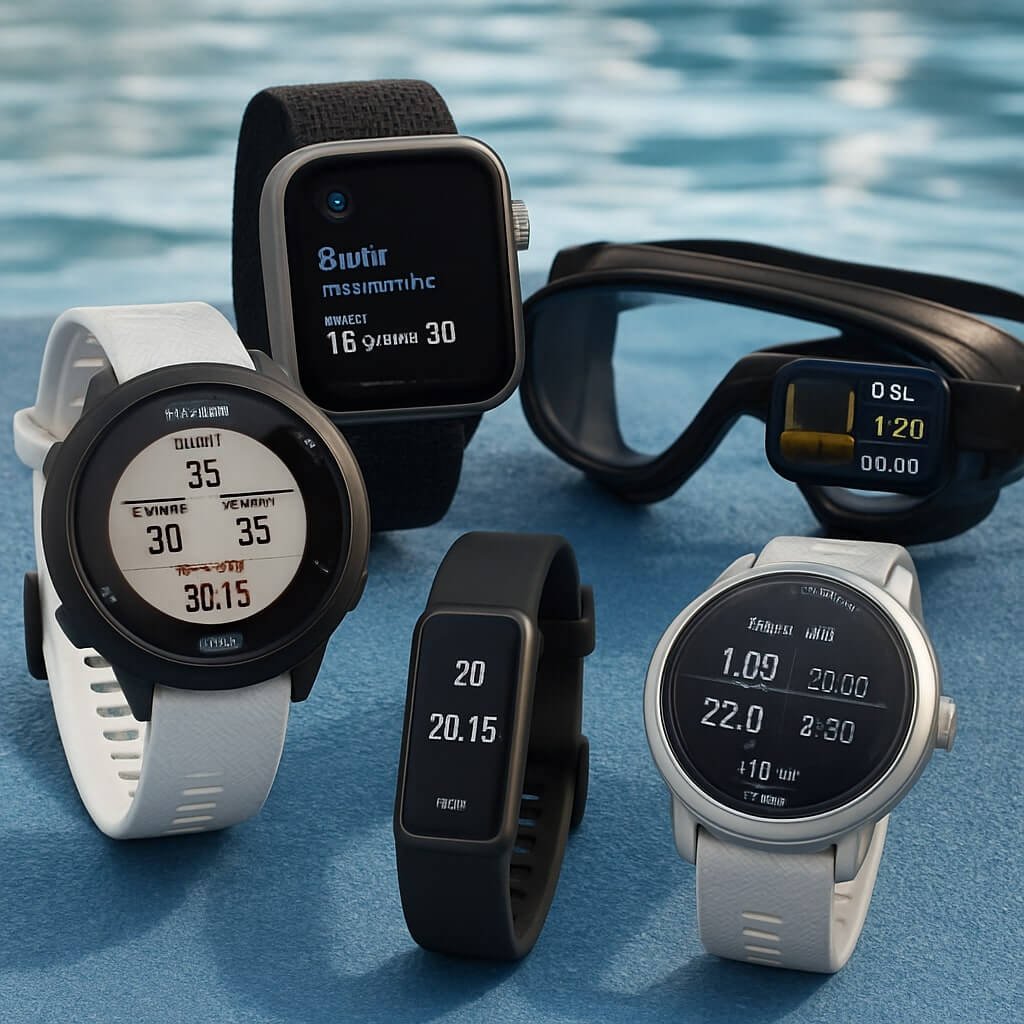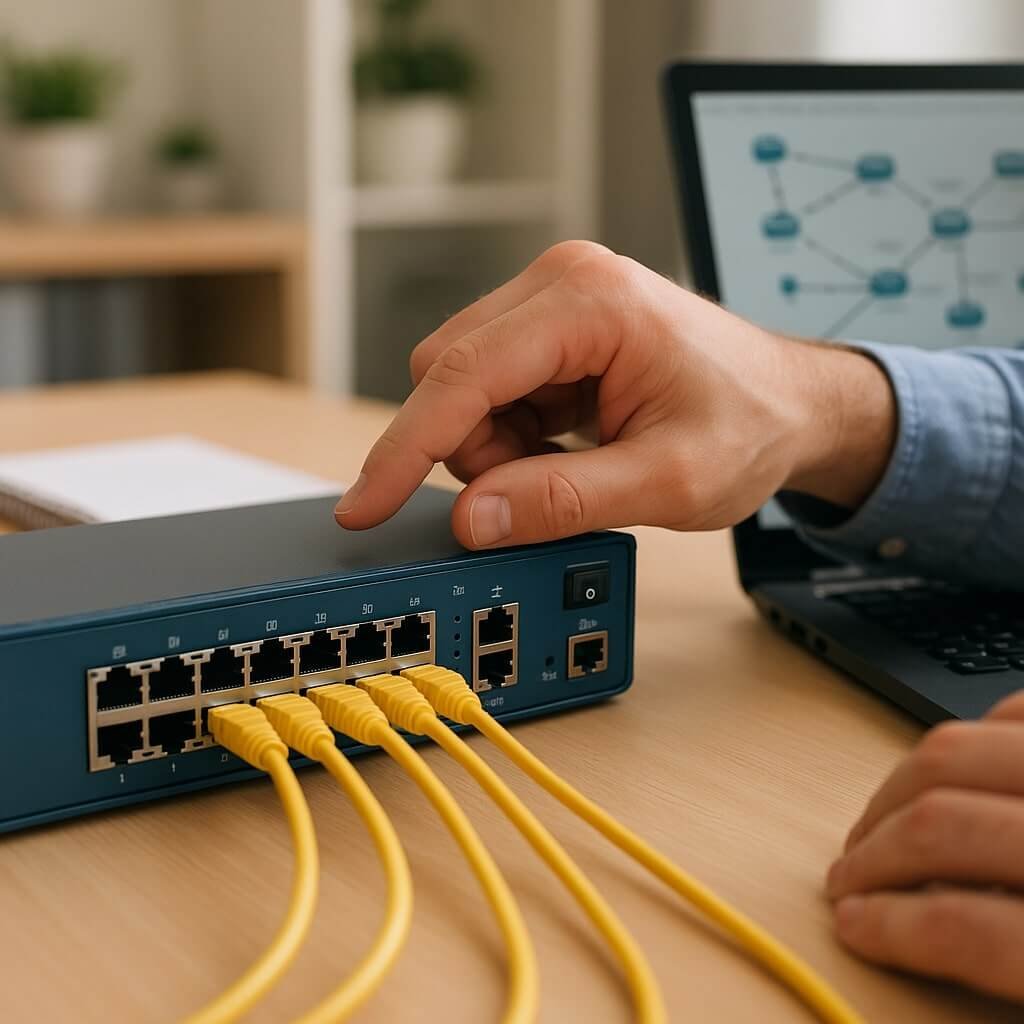In today’s hyperconnected world, Internet of Things (IoT) devices are more than just futuristic gadgets—they’re integrated into our homes, businesses, and even cities. But have you ever wondered how these smart devices communicate with each other and with you?
This article dives deep into how IoT devices connect, share data, and interact, including protocols, architectures, communication methods, and the implications for privacy and security. This SEO-optimised guide is designed to help both enthusiasts and professionals understand the nuts and bolts of IoT communication.
What Is IoT?
The Internet of Things (IoT) refers to a network of physical devices embedded with sensors, software, and other technologies that connect and exchange data over the Internet or local networks.
Examples include:
- Smart home thermostats
- Wearable fitness trackers
- Industrial machinery sensors
- Connected vehicles
Core Components of IoT Communication
To understand how IoT devices communicate, it’s crucial to know the three main components:
- Sensors and Actuators: These detect and respond to environmental inputs (e.g., temperature, light, movement).
- Connectivity Modules: These allow data to be sent/received (e.g., Wi-Fi, Bluetooth, Zigbee).
- Processing Units: These process data locally or send it to the cloud for analysis.
How IoT Devices Talk to Each Other
IoT devices communicate through a combination of machine-to-machine (M2M) protocols and networking architectures. Here’s how it happens:
1. Short-Range Communication
Devices use protocols like Bluetooth, Zigbee, or Z-Wave for short-range, local networking. Examples include smart lights communicating with a central home hub.
2. Wi-Fi and LAN Communication
Home or office devices often use Wi-Fi for high-bandwidth data transfer and access to the internet.
3. Mesh Networking
In mesh networks, devices relay messages for each other, extending coverage without a central router. Zigbee and Thread are common mesh protocols.
4. Cellular and LPWAN
For long-distance communication, devices use LTE/5G or Low Power Wide Area Networks (LPWANs) like LoRaWAN and NB-IoT.
How IoT Devices Talk to You (The User)
IoT devices typically interact with users through:
1. Mobile Applications
Apps allow real-time control and monitoring. Think of adjusting your smart thermostat via your phone.
2. Voice Assistants
Devices integrate with platforms like Amazon Alexa or Google Assistant, enabling voice control.
3. Web Dashboards
Especially in industrial IoT, users access device data via web-based platforms.
4. Notifications and Alerts
Devices send alerts (e.g., motion detected, battery low) through SMS, email, or app notifications.
Popular Communication Protocols in IoT
Here are some standard IoT communication protocols:
| Protocol | Usage | Characteristics |
|---|---|---|
| MQTT | Sensor communication | Lightweight, reliable |
| CoAP | Resource-constrained environments | RESTful, efficient |
| HTTP/HTTPS | Web-based control | Standard, secure |
| Zigbee | Smart homes | Low power, short range |
| Bluetooth LE | Wearables, mobile IoT | Low energy, short range |
| LoRaWAN | Remote sensing | Long range, low data rate |
Cloud vs Edge Communication in IoT
Cloud-Based Communication
- Devices send data to cloud servers
- Enables remote access and advanced analytics
- Requires constant internet connectivity
Edge Computing
- Data is processed locally on the device or gateway
- Reduces latency and bandwidth usage
- Ideal for time-sensitive or bandwidth-limited use cases
Security and Privacy Considerations
With increased connectivity comes risk:
- Encryption: Essential for protecting data in transit.
- Authentication: Only authorised users and devices should access networks.
- Firmware Updates: Keeping device software up-to-date is critical.
- Data Minimisation: Collect only necessary data to reduce exposure.
Future Trends in IoT Communication
- 6G and Enhanced Connectivity: Higher speed, lower latency.
- AI at the Edge: Smarter local decision-making.
- Blockchain Integration: For secure device identity and data validation.
- Interoperability Standards: Matter, for unified smart home communication.
FAQs
What is the main way IoT devices communicate?
IoT devices mainly use wireless protocols like Wi-Fi, Bluetooth, Zigbee, and cellular networks to exchange data with each other and with cloud services.
Can IoT devices work without the internet?
Yes. Devices can communicate over local networks or use edge computing, but cloud-based services and remote access may be limited.
How does MQTT differ from HTTP in IoT?
MQTT is a lightweight, publish-subscribe protocol ideal for low-power devices, while HTTP is heavier and better for direct client-server communication.
What is the role of a gateway in IoT?
A gateway connects devices that use different protocols to the internet or cloud. It can also perform local data processing and security filtering.
How secure are IoT devices?
IoT device security varies. High-quality devices offer encryption and regular updates, but many budget models lack basic protections, making network-level security crucial.
Conclusion
Understanding how IoT devices communicate helps users and developers make smarter choices in building and managing connected systems. Whether you’re using smart home devices or deploying industrial sensors, knowing the communication protocols, user interfaces, and security implications is essential for leveraging the full potential of the IoT ecosystem.
For more insights on the evolving world of IoT, stay updated with best practices in device integration, privacy standards, and next-gen connectivity.






